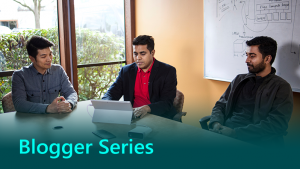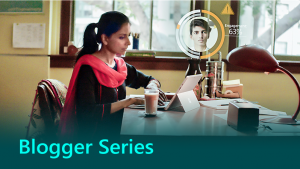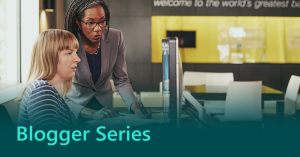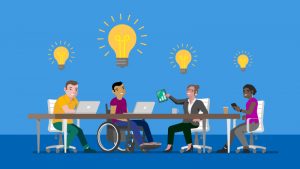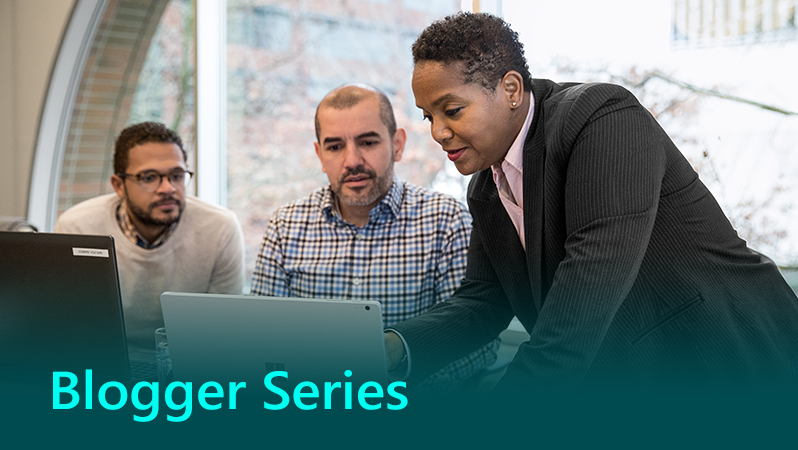
Microsoft: working towards a more diverse and inclusive workforce
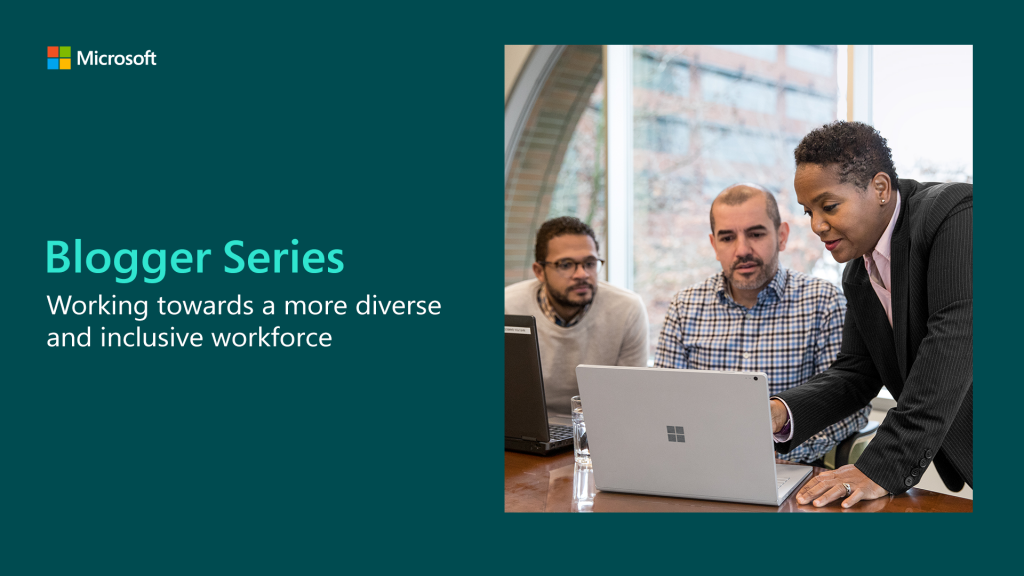
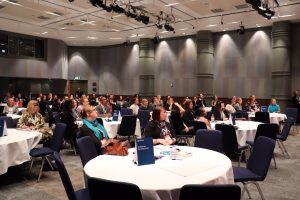 Birmingham’s recent HR Directors (HRD) Summit 2019 featured an intriguing diversity & inclusion (D&I) CoLab run by Microsoft’s Julie Lock, Head of Customer Acquisition Marketing, and Kerri Hollis, Modern Communications Product Manager. The CoLab was entitled Engaging and Developing a Diverse and Inclusive Workforce. It aimed to stimulate collaborative thought and debate among the attendees on the topic of workplace diversity and inclusion.
Birmingham’s recent HR Directors (HRD) Summit 2019 featured an intriguing diversity & inclusion (D&I) CoLab run by Microsoft’s Julie Lock, Head of Customer Acquisition Marketing, and Kerri Hollis, Modern Communications Product Manager. The CoLab was entitled Engaging and Developing a Diverse and Inclusive Workforce. It aimed to stimulate collaborative thought and debate among the attendees on the topic of workplace diversity and inclusion.
Here are some of the key takeaways from the CoLab as well as points to consider when looking at your organisation’s D&I initiatives.
Exclusion is all around us
Kerri spoke about her experience at school and the fact that she was bullied for wearing glasses. Yet when you meet her, you’d have no idea of what she went through back then. She emphasised that there are many stories like this in the workplace. Just because someone doesn’t have a visible disadvantage, it doesn’t mean that everything has always been rosy.
Julie then recounted the struggles she’s faced to be heard in a male-dominated tech industry. One example she cites is being told categorically not to recruit all-female team members. Despite the fact that all-male teams were (and still are) commonplace.
While it might not be obvious, many of us have experienced exclusion in our lives. Some still do to this day.
It’s never too late to redefine organisational culture
Before Satya Nadella arrived at Microsoft, the organisation suffered from a perception issue. It appeared middle-aged and antiquated in a fast-moving and ever-changing world. Under Satya’s guidance, Microsoft set about proactively championing employees’ individuality.
The company also employed a female CEO, Cindy Rose, who expressed the culture change perfectly with the mantra, “Come as you are, do what you love.” Microsoft’s mission—to empower every organisation in the world and every person to achieve more—starts in its own office.

Celebrate diversity, but make inclusivity a key part of behaviours
According to Julie and Kerri, the key to embedding D&I in culture is making it real. While Microsoft hasn’t achieved this yet, it has started its journey.
There are four areas that Microsoft is focusing on:
- Everyday behaviours
- Symbols, such as mugs with positive messages on them
- Systems—for example, making D&I a core priority and objective for everyone
- Storytelling, including things like sharing employee experiences to help internal communications
Microsoft also emphasises certain organisational behaviours such as examining assumptions, making a habit of asking questions, ensuring all voices are heard, listening carefully until people feel heard, and addressing misunderstandings and disagreements.
To make all Microsoft employees feel included, no matter where they are in the world, Satya has introduced monthly meetings that are open to everyone. Employees can watch these meetings via video link and message in their comments or questions. Inclusion isn’t just about trying to celebrate differences. It’s also about making sure everyone feels like they’re in the loop and has a part to play.
Everybody has a right to feel safe, to be heard, and to have their story told
At the CoLab, Julie and Kerri put on a video showing a variety of people holding up boards expressing common D&I frustrations, and then holding up a message explaining the right way to go about solving them.
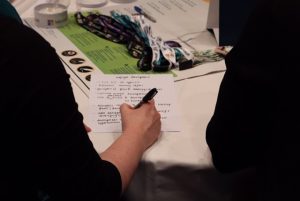 The video highlighted many issues that commonly go unnoticed, such as mental health problems or the desire for fathers to play a more active role in raising their children. After this, Julie and Kerri explained that the best way to find a solution to your problems is to discuss them with other people. We then broke off into groups and each shared a business problem that we currently had, talking about potential solutions and getting ideas from each other.
The video highlighted many issues that commonly go unnoticed, such as mental health problems or the desire for fathers to play a more active role in raising their children. After this, Julie and Kerri explained that the best way to find a solution to your problems is to discuss them with other people. We then broke off into groups and each shared a business problem that we currently had, talking about potential solutions and getting ideas from each other.
To finish, the audience was shown a video called “Love knows no ….” In it, two people were embracing behind an x-ray screen that showed only their skeletons. They then revealed their identities to the crowd of onlookers. It demonstrated that love knows no race, gender, religion, or age, which hit home the message that people should never be judged on these characteristics.
Thank you to Julie and Kerri for this fascinating CoLab and for making us all re-evaluate our attitudes towards diversity and inclusion!
About the author
Charlie is a content marketing executive and is passionate about bringing brands to life through the power of compelling storytelling.
Find out more
[msce_cta layout=”image_center” align=”center” linktype=”blue” imageurl=”https://www.microsoft.com/en-gb/industry/blog/wp-content/uploads/sites/22/2019/01/Employee-experience-e1547630160397.jpg” linkurl=”https://www.microsoft.com/en-gb/office/employee-engagement/” linkscreenreadertext=”Find out how to empower employees” linktext=”Find out how to empower employees” imageid=”6130″ ][/msce_cta]
[msce_cta layout=”image_center” align=”center” linktype=”blue” imageurl=”https://www.microsoft.com/en-gb/industry/blog/wp-content/uploads/sites/22/2019/03/ACC18_Erika_017.jpg” linkurl=”https://www.microsoft.com/en-us/diversity/default.aspx” linkscreenreadertext=”Learn about Microsoft’s D&I journey” linktext=”Learn about Microsoft’s D&I journey” imageid=”8551″ ][/msce_cta]

